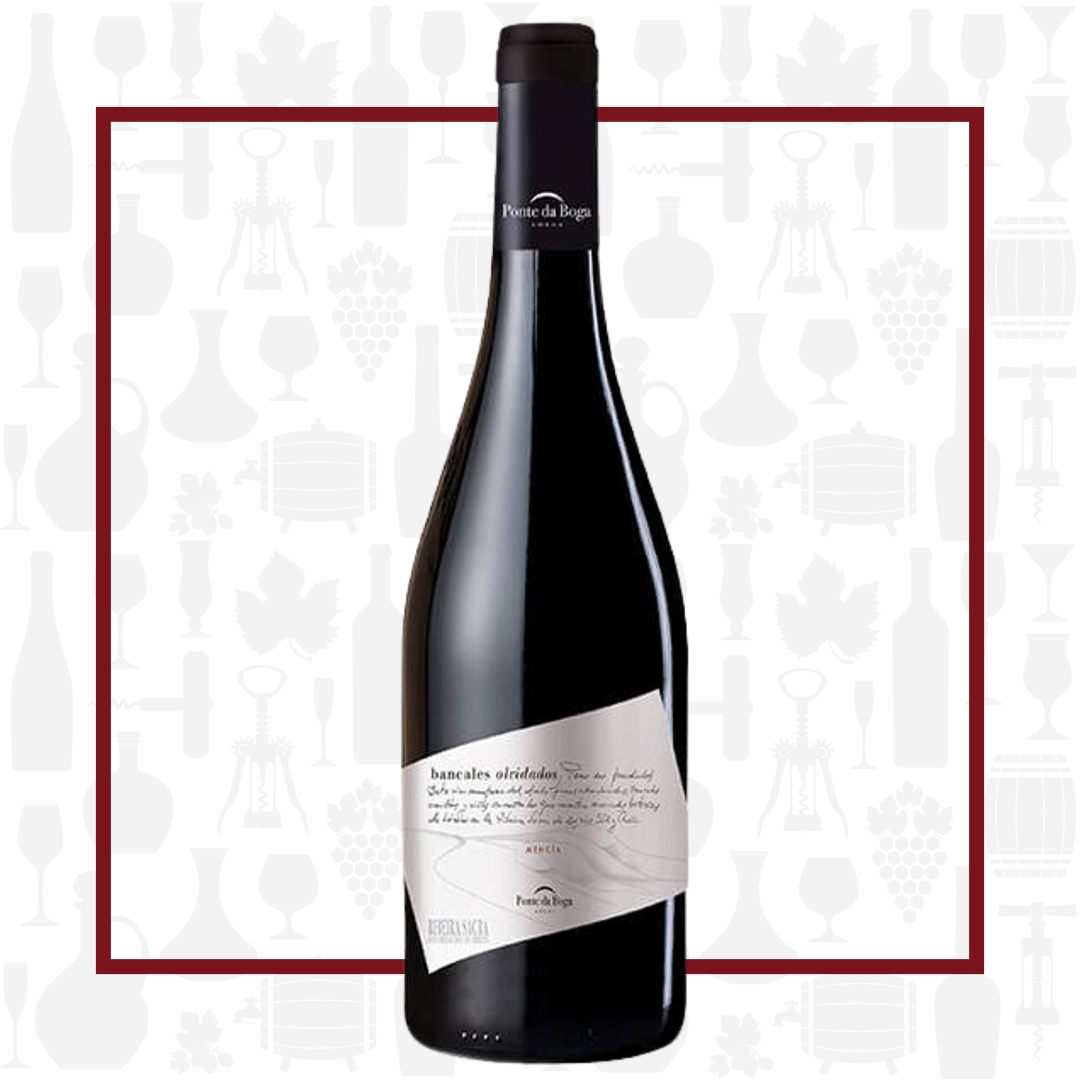Cellar Profile
Founded in 1898, Ponte da Boga is Ribeira Sacra’s oldest winery. It was purchased in 2006 by the Rivera family, who have focused their efforts on growing and vinifying ancient, autochthonous regional varieties including Godello, Mencia and the ultra-rare Merenzao. Their 33 hectares of vineyards surround the canyons of rivers Sil, Mino and Edo. The majority of plots are located on dizzyingly steep slopes where ‘heroic viticulture’ – including manual work using harnesses, sometimes accessed only by boats from the river – is necessary. Their oldest vines are over 100 years old. All are farmed by hand according to the concept of integrated management and only natural preventative measures are used to keep the vines healthy and pest-free. The wines are fresh and elegant, with a subtle complexity and exceptional drinkability.
Region
Located in the heart of Galicia, Ribeira Sacra is one of Spain’s oldest and most obscure wine regions, known for its dramatic, deep valleys and extremely steep, terraced vineyards that cut through its many rivers and tributaries. Ribeira Sacra is home to a wide array of indigenous grape varieties, chief among them for whites being Albariño and Godello (the real star of the region). Red grapes include obscure varieties like Brancellao, Merenzao and Souson, along with the most-planted and well-known Mencia. The geologic landscape varies greatly, but schist, granite and slate are the most prevalent soil types. Vineyard sites in the region’s west are heavily influenced by the Atlantic ocean and its moderating climatic effect. As you move east and inland, the climate becomes more traditionally Continental. In general, climatic conditions here make grape growing a somewhat difficult process. When combined with naturally low yields and necessary ‘heroic viticulture’, Ribeira Sacra vineyards are labour-intensive and costly to manage. However, the results can be well worth the expense, with the very best wines offering a rare combination of freshness, power, elegance, fruit intensity and complex savoury intrigue. They are at their best at the table alongside a variety of fare, Spanish and otherwise.
Vineyard
Sourced from the north-facing Parada de Sil vineyard, located 300-350 masl, where old vines are planted on poor, decomposed granite subsoil called ‘xabre’. Here the Mencia ripens slowly, giving it a fresher quality, with balanced acidity and mild tannins. Also sourced from the ancient San Vitorio de Ribas de Miño vineyard, on a hillside of the river Miño. This is the northernmost area under vine for Ponte da Boga, with poor, black schist soil and small west-facing terraces. The grapes hang on the vine longer here, and ripen slower, leaving plenty of acidity and adding tannic structure
Winemaking
Hand-harvested, heroically, from steep terraces. After being sorted, de-stemmed and crushed, the grapes are given periodic pumpovers during the 10 day maceration. After malolactic fermentation is complete, the wine is transferred to a combination of second and third use barrels for 10 months of aging before being bottled unfiltered.
Varieties
A relatively obscure grape only a decade ago, Mencia has become increasingly popular, even trendy, to oenophiles and more casual drinkers alike. You’re most likely to find examples from the Bierzo region in Spain’s northwest Galicia district. Prior to its recent renaissance, the grape suffered a reputation for making light, almost diluted, wines lacking in character and presence. This had more to do with economics than anything, as struggling growers preferred to plant on fertile plains where high yields produced mediocre results. The best examples hail from steep, schist-based soils, where exposure and old vines combine to create wines with both freshness and intensity. They tend to be deeply-coloured, supple and loaded with red fruit character and floral nuance. The best examples come from cooler sub-zones and microclimates.
Tasting Notes
Ripe blackberry, red plum and a touch of violets on the nose. The palate is medium-bodied, with finely-grained and supple tannins. There’s a good amount of fresh acidity as well. More red than black berry elements, with earthy and cocoa notes. A bigger wine than their entry-level Mencia. The weight comes mid-palate, with plenty of depth. Serve at cellar temperature with grilled octopus, marrow broth or roast beef.

